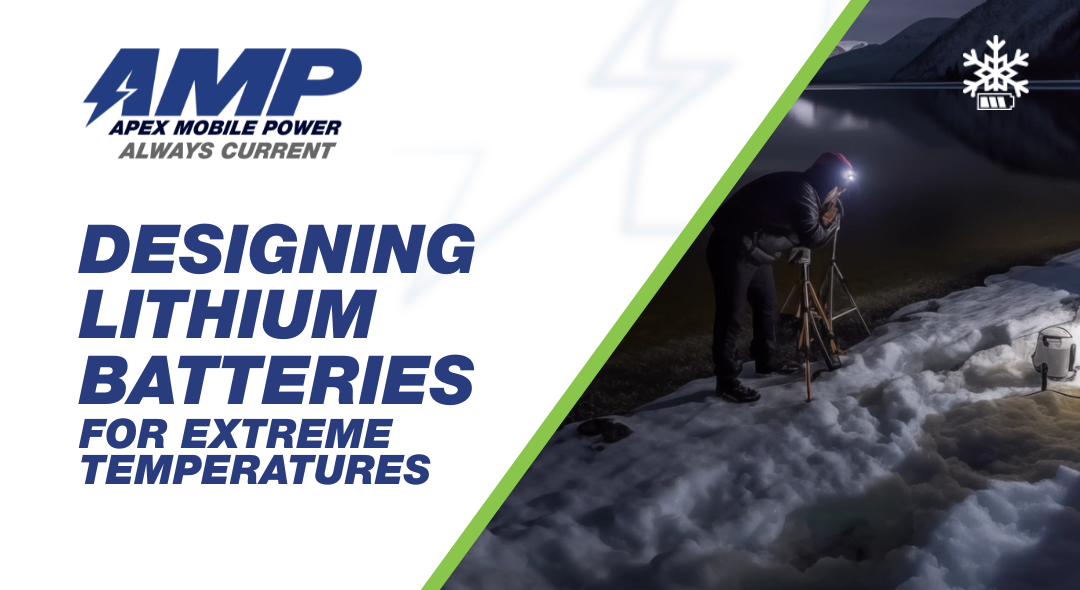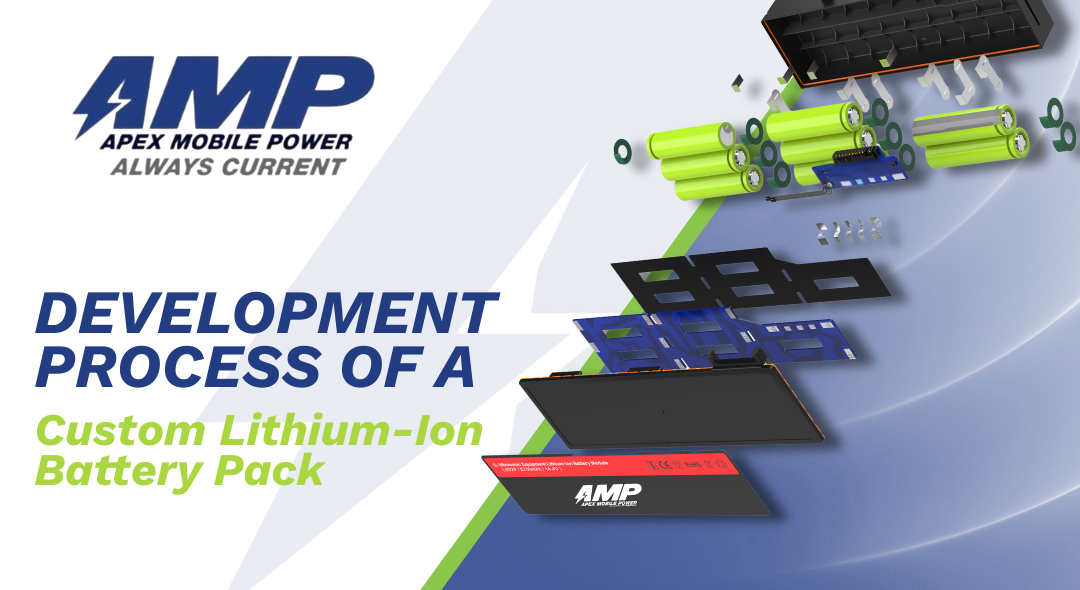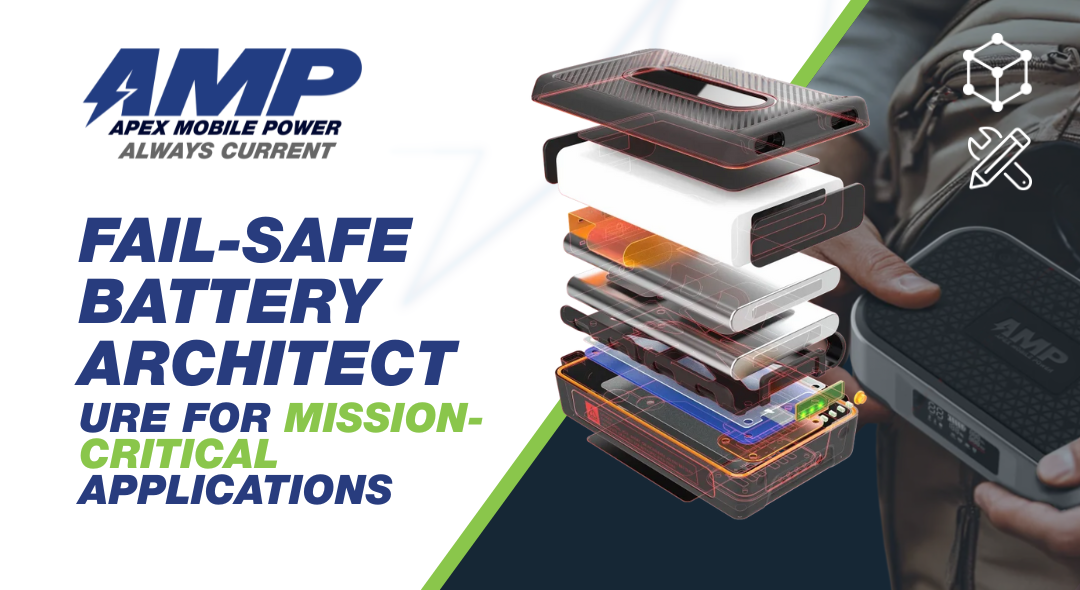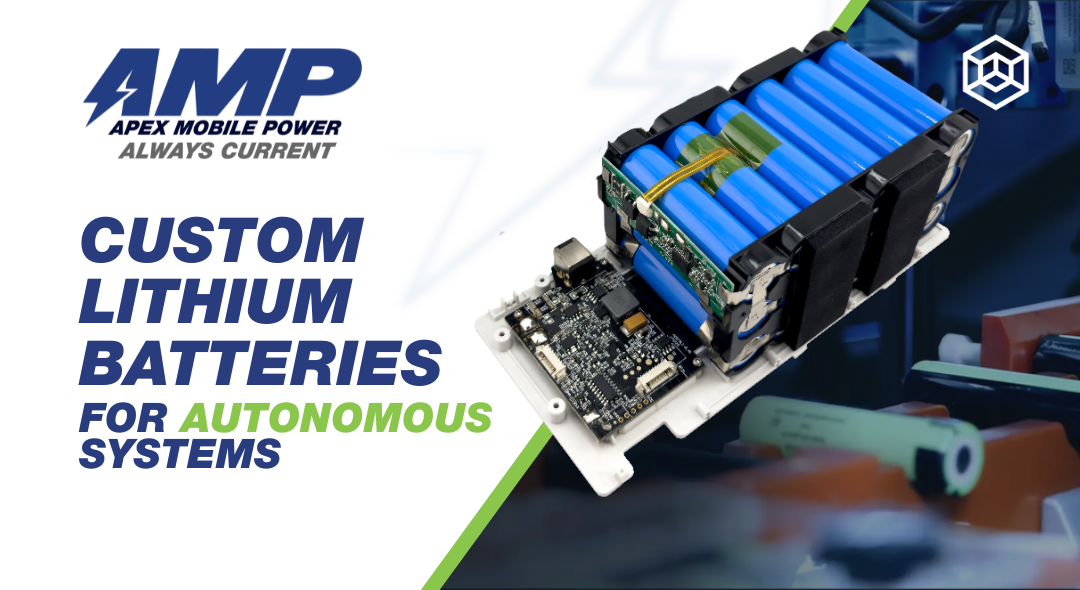Designing Lithium Batteries for Extreme Temperatures

How Advanced Thermal Management Ensures Performance from Arctic Cold to Desert Heat
In the evolving landscape of energy storage, lithium-ion batteries have emerged as the dominant solution for applications ranging from medical devices and industrial tools to unmanned aerial vehicles and renewable energy systems. However, extreme environmental conditions remain one of the most formidable challenges in lithium battery deployment. At Apex, we specialize in custom lithium battery solutions that perform dependably under the most demanding temperature extremes, from icy tundras to blistering deserts.
Understanding the Impact of Temperature
Lithium-ion batteries are highly sensitive to temperature. Their performance, safety, and lifespan are directly impacted by ambient conditions:
• Low Temperatures: At sub-zero levels, internal resistance increases significantly. This can reduce power output, decrease capacity, and lead to lithium plating, which shortens battery life and creates potential safety hazards.
• High Temperatures: Elevated temperatures can increase the rate of chemical reactions inside the battery, leading to accelerated aging, gas formation, and in extreme cases, thermal runaway.
Engineering for the Cold: Below-Freezing Performance
In cold climates or high-altitude operations, such as drones used in Arctic exploration or telecommunications systems deployed in mountainous regions, standard batteries fall short. Apex integrates several strategies to combat low-temperature inefficiencies:
• Integrated Heating Elements: Thin-film heaters or resistive heating elements are embedded in the pack to precondition cells before startup.
• Thermal Insulation: Advanced insulating materials help retain internal heat, minimizing the energy required for preheating and preserving pack efficiency.
• Cold-Weather Firmware Logic: Our custom BMS includes cold-start protocols that regulate charging rates to prevent lithium plating and enable safe operation in temperatures as low as -40°C.
Engineering for the Heat: High-Temperature Reliability
Whether it’s a battery pack mounted on a solar-powered communications tower in the Mojave or powering an automated vehicle in a desert mining operation, heat management is critical:
• Passive Cooling Design: Heat-dissipating materials and vented enclosures reduce the risk of thermal hotspots.
• Active Thermal Regulation: For high-current or enclosed systems, we design custom active cooling methods, including airflow channels and phase-change materials.
• High-Temperature Cell Chemistries: We select cells with a wider thermal operating range and apply high-temp rated adhesives and materials to ensure structural integrity.
Real-World Testing and Validation
We validate every battery system through:
• HALT (Highly Accelerated Life Testing)
• Thermal cycling and soak testing
• Field simulations and load profiling in operational environments
Applications That Depend on It
• Military-grade portable power
• Cold-weather robotics and UAVs
• Space-constrained industrial systems with high thermal load
• Renewable energy storage in remote climates
Conclusion
Whether you’re operating in polar expeditions or under relentless sun, Apex Mobile Power designs lithium battery packs to meet and exceed the performance and safety standards required.
Ready to develop a battery that thrives where others falter? Contact Apex to start your custom design.







